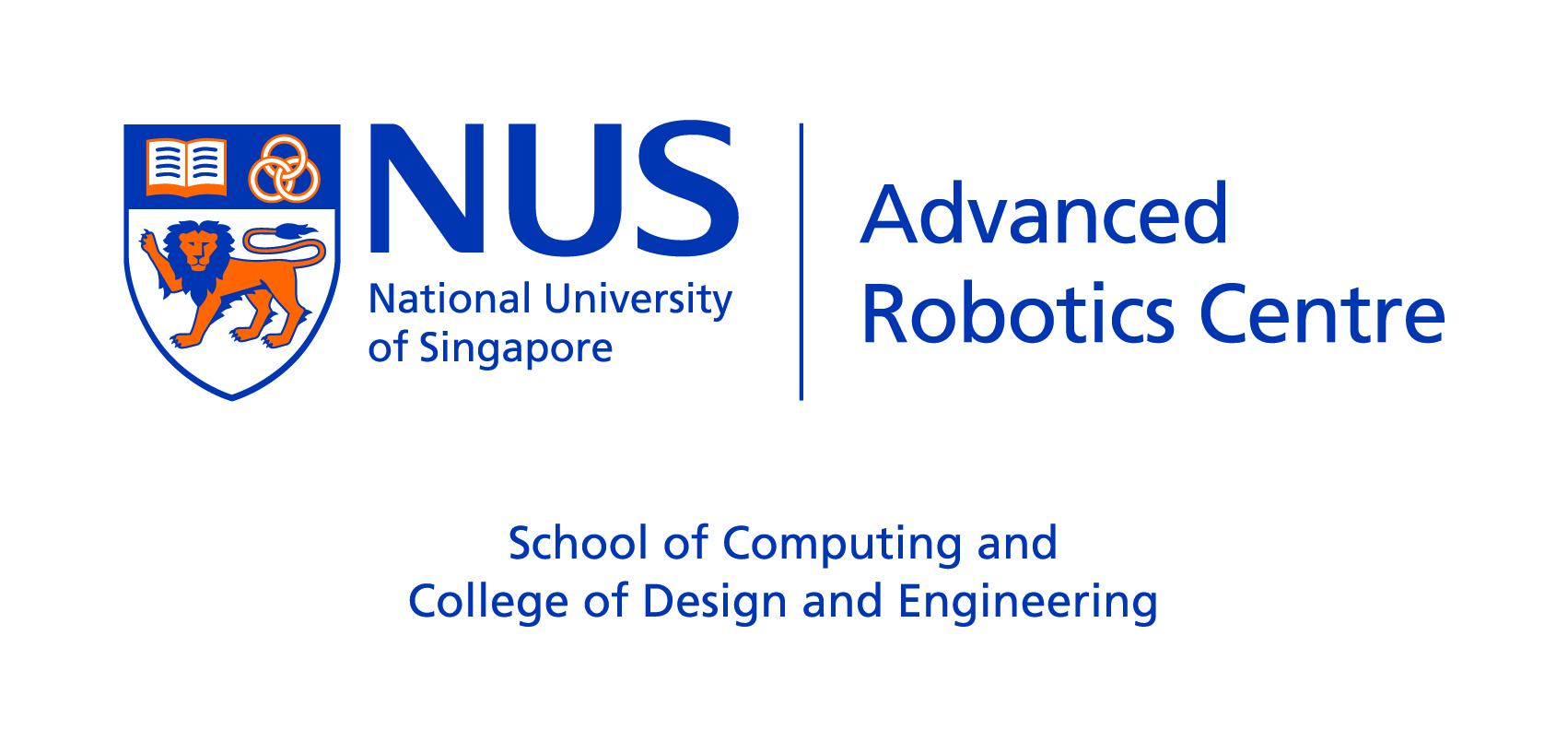Lunchtime @ 3rd October 2014
Lunctime Details
| Date & Time | October 3, 2014 @ 12:00 pm to 1:30 pm | |
| Seminar Venue | Seminar Room 1 (COM1, 02-06) |
Summary
A Dielectric Elastomer Actuator Coupled with Water
Hareesh GODABA, Department of Mechanical Engineering
GP-Localize: Persistent Mobile Robot Localization using Online Sparse Gaussian
XU Nuo, Department of Computer Science
Online Planning for Autonomous Vehicle on Unsignalled T-junction Navigation
CHEN Min, Department of Computer Science
A Dielectric Elastomer Actuator Coupled with Water
Hareesh GODABA, Department of Mechanical Engineering
A dielectric elastomer actuator is one class of soft actuators that can deform in response to voltage. Dielectric elastomer actuators coupled with liquid have recently been developed as soft pumps, soft lenses, Braille displays, etc. In this project, we conduct experiments to investigate the performance of a dielectric elastomer actuator which is coupled with water. The membrane is subject to constant water pressure, which is found to significantly affect the electromechanical behavior of the membrane. When the pressure is small, the membrane suffers electrical breakdown before snap-through instability and achieves a small voltage-induced deformation. When the pressure is higher to make the membrane near the verge of the instability, the membrane can achieve a giant voltage-induced deformation, with an area strain of 1165%. When the pressure is large, the membrane suffers pressure-induced snap-through instability and may collapse due to a large amount of liquid enclosed by the membrane. Theoretical analyses are conducted to interpret these experimental observations.
GP-Localize: Persistent Mobile Robot Localization using Online Sparse Gaussian
XU Nuo, Department of Computer Science
Central to robot exploration and mapping is the task of persistent localization in environmental fields characterized by spatially correlated measurements. This paper presents a Gaussian process localization (GP-Localize) algorithm that, in contrast to existing works, can exploit the spatially correlated field measurements taken during a robot’s exploration (instead of relying on prior training data) for efficiently and scalably learning the GP observation model online through our proposed novel online sparse GP. As a result, GP-Localize is capable of achieving constant time and memory (i.e., independent of the size of the data) per filtering step, which demonstrates the practical feasibility of using GPs for persistent robot localization and autonomy. Empirical evaluation via simulated experiments with real-world datasets and a real robot experiment shows that GP-Localize outperforms existing GP localization algorithms.
Online Planning for Autonomous Vehicle on Unsignalled T-junction Navigation
CHEN Min, Department of Computer Science
Would you buy a self-driving car that couldn’t drive itself in 99 percent of the country? Recently, Google’s driverless car was carried out for the first U.S. State self-driving test, and the result showed that while the autonomous car worked perfectly in smooth everyday traffic, it still not be able to drive through the roundabouts and it needs human assistance when confronted by something unexpected, such as road construction, etc. Thus it is critical to build a social behavior model and design an efficient planning algorithm for the autonomous vehicle to let it respond more intelligently when interacting with human drivers or facing unexpected situations. In this talk, I am going to introduce an efficient planning framework(HPMDP), which enables the autonomous vehicle driving through the unsignalled T-junction more intelligently when interacting with other human drivers.
Back to Robotics@Lunchtime
